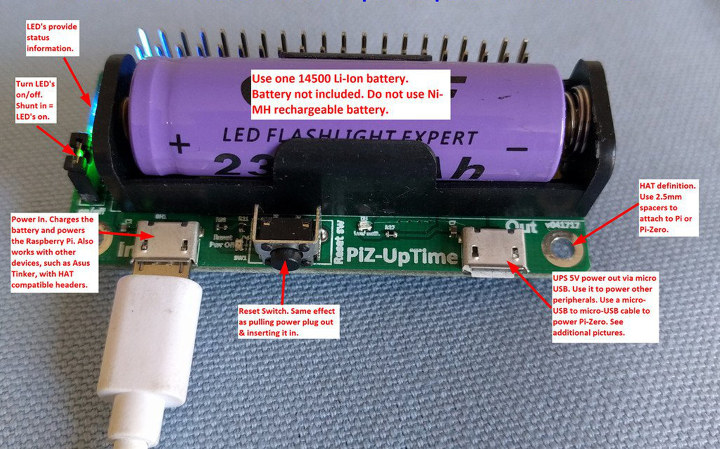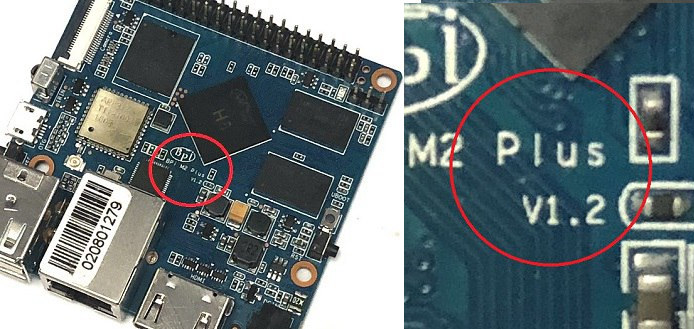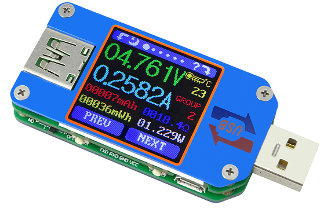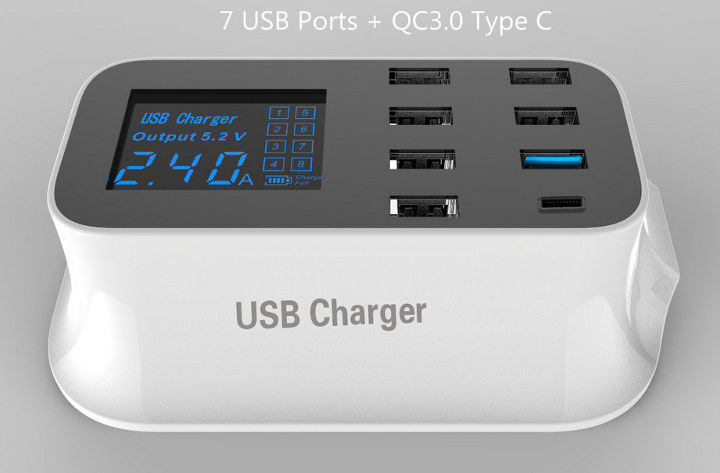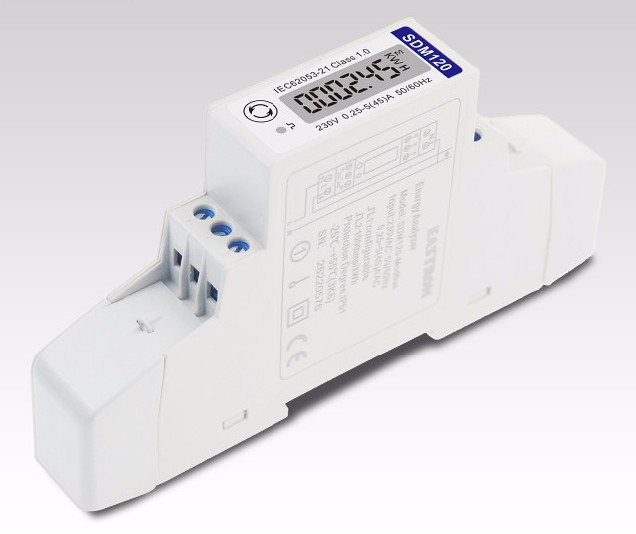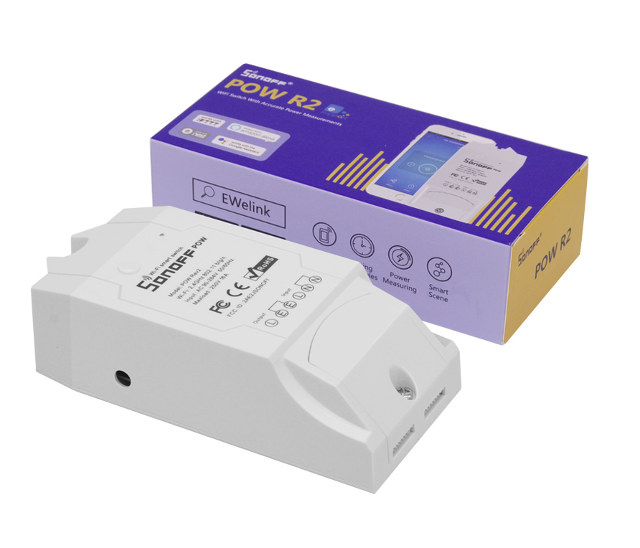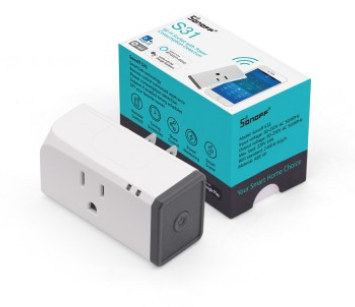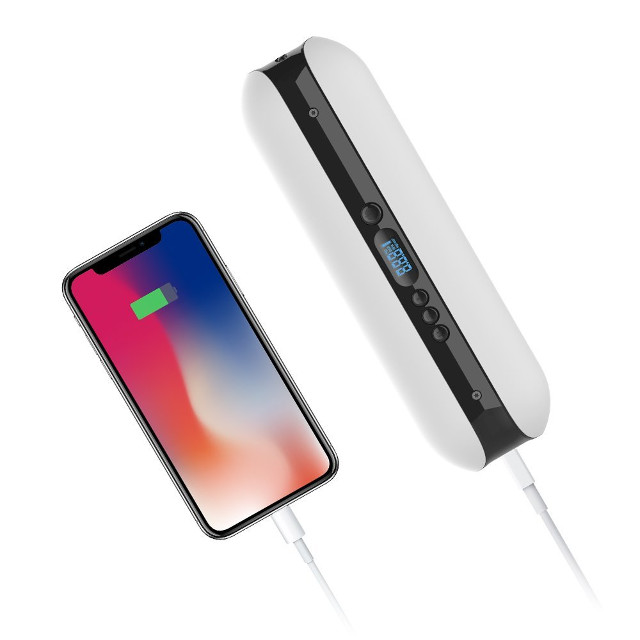Since for a headless Raspberry Pi it makes no sense to use a large UPS (Uninterruptible Power Supply) to keep it running in case of power failure, I bought and tested a Raspberry Pi battery kit a couple of years ago. The kit included an acrylic case, a battery charging board, and LiPo battery and it worked most of the time as a UPS. “Most of the time” means the switch from mains to battery would not occur fast enough maybe 10% of the time (it depends on the load), so the Raspberry Pi board would reboot. The kit also did not include a GPIO / I2C interface to report the charge level of the battery, so you would not be able to safely power the board when the battery is almost fully depleted. In recent years, it’s become more and more difficult to get batteries shipped from overseas, so […]
Banana Pi BPI-M2+ V1.2 Board Improves Power Management
When people decided which development board to purchase for their project / use case(s), the often look at the processor, memory, storage, and the external ports, as well as I/Os. However, very few people look at the PMIC (Power Management IC) on the board, as it’s normally an afterthought. Development boards can work without PMIC, instead relying on a single fixed voltage, and for many people that may be good enough, but for more demanding tasks it may lead to either lower performance or overheating issues. Modern processor all rely on DVFS ( Dynamic Voltage and Frequency Scaling) in order to adjust both the voltage and frequency of the processor depending on the load. This is done to optimize power consumption and/or manage the power budget, and overheating may lead to CPU throttling, where the system lowers the frequency and/or operating voltage in order to avoid damaging the processor. I’m […]
UM25C is a Better USB Power Meter with built-in Display, Bluetooth, and Android & Windows Apps
Products such as USB Charger Doctor are good way to test your USB chargers or cables, as well as checking the power consumption of USB powered development boards. You just plug them into a USB port, and connect the load, and you’ll see the real-time voltage and current shown on an LED display. Those do the job, but I’ve just been made aware of UM25C USB meter tester that improves a lot on the concept with a dot matrix display capable of showing charts, and Bluetooth connectivity to send the data to Android or Windows devices. UM25C specifications: Display 1.44″ color LCD display 0-5 brightness setting Auto screen off time – 0 to 9 minutes Refresh rate – 2Hz Measurement Range & Accuracy Voltage – 4-24.000V ±0.5‰ + 2digits Current – 0-5.0000A ±1‰ + 4 digits Capacity – 0-99999mAh Energy accumulation – 0-99999mWh Load impedance – 0.8Ω-9999.9Ω Time range – […]
YC-CDA19Q is an 8-Port Quick Charge 3.0 Capable USB Charger with a Display Showing Power Consumption
USB charger doctor is a cheap and easy way to monitor the voltage and current from a USB 2.0 port or charger, but you may have more than one device to monitor, and USB 3.0 type C ports as well as fast charger are now quite common, so it may not be suitable for all situations. Bakeey YC-CDA19Q USB charger hub could be an interesting power monitoring device with 7 USB ports, including one supporting Quick Charge 3.0 fast charging, and an extra USB type C port. Specifications: 8x USB Ports 7x USB type A ports including 6x red USB 2.0 port up to 5V/2.4A each 1x blue USB port supporting QC 3.0 (3.6-6.5V/3A, 6.5-9V/2A or 9-12V/1.5A) 1 USB type C port up to 5V/3A Max Power – 40 Watts (5V/8A) Display – LCD display showing – real-time current and voltage, active charging ports, and charge status Power Supply – […]
$24 Eastron SDM120C Smart Meter Supports RS485, ModBus, Up to 45A Load
A couple of days ago, I wrote about Sonoff POW R2 WiFi switch with power monitoring function that meant to be connected to your mains via terminal, and I was made aware of another product – Eastron SDM120C – that also does power metering, but support up to 45A (good enough for whole house in many cases), and use RS485 / Modbus communication instead of WiFi. I’ve also noticed it’s compatible with Domoticz with source code released on Github, so it might be worth a look. Eastron SDM120C specifications: Rated Voltage (Un) – 220/230V Voltage Range – 0.8~1.2 Un Base Current – 5A Max. / Min. Current – 45A / 0.25A Frequency – 50/60Hz Remote Reading – RS485 port using Modbus RTU protocol Pulse Output – Pulse 1: 1000/100/10/1 imp; pulse 2: 1000 imp/kWh Power Consumption – <2W/10VA Safety / Certifications: AC voltage test – 4KV for 1 minutes Impulse […]
Sonoff Pow R2 is a Power Monitoring WiFi Smart Switch with Better Accuracy, Safety and Extra Features
ITEAD Studio released several wireless switches / sockets with power monitoring capability over the years. Recently they company launched Sonoff S31 smart socket that plugs directly into your AC socket and does not require any wiring, but earlier they introduced Sonoff Pow that is meant to be connected directly into your circuit via terminals. ITEAD has now launched an upgrade to the latter – Sonoff Pow R2 – with many of the same features, including support for eWelink, but offering 99% measurement accuracy, overload protection defined by the user, and various other features like the ability to export data. Sonoff Pow R2 (Revision 2) specifications: WiSoC – Espressif ESP8266 (TBC) Connectivity – 802.11 b/g/n WiFi with WPA/WPA2 support Voltage Range – 90 to 250 VAC input Max Current – Up to 16A Max Power – 3,500 Watts Terminals – 6 terminal for mains and load’s ground, live and neutral signals. […]
Sonoff S31 Smart Socket Review – Power Consumption Monitoring with eWelink Android App
Today we are looking at the Sonoff S31. It is another device in the Sonoff line by ITEAD Studio. Similar to the Sonoff POW, you can see power usage but on the S31 you can keep historical data up to 100 days. This time around I am using it with the standard firmware, and will not be flashing the popular MQTT Tasmota firmware. Specifications per ITEAD website: Max. Current: 16A Voltage Input: 90~264V AC, 50/60HZ Wireless Standard: 2.4GHz, 802.11 b/g/n Receive Sensitivity: 802.11b: <-84dBm(11Mbps); 802.11g: <-68dBm(54Mbps) Output Power: 802.11b:16±2dBm; 802.11g:13±2dBm Security Mechanism: WEP/WPA-PSK/WPA2-PSK Encryption: AES/TKIP Working Temp: -20 °C ~ 75 °C Working Humidity: 10%-80% Product Dimensions: 75.7×39.7x32mm Gang: 1 Weight: 135g Certification: FCC (Download) Sonoff S31 Unboxing & Teardown Taking the S31 apart is rather easy but I did not take it fully apart for fear of breaking it. Just pop the power button off the left side. Then […]
CYCPLUS A2 is a 3-in-1 Device Combining Power Bank, Air Pump and Flash Light
Sometimes I come across some products that do not seem to make any sense. I had that exact feeling when I first discovered CYCPLUS A2, an air pump with a battery, and a flash light to top it out. But as I read more about it, this 3-in-1 gadget may indeed be useful to cyclist, since it offers a convenient way to inflate tires, provides backup power for your smartphone, as well as a backup light in case the one on your bike gets broken for instance. CYCPLUS A2 specifications: Display to set pressure and check status Buttons to adjust settings and turn on/off light Maximum Pressure – 150 PSI / 10.3 BAR / 990 KPA / 10.5 kgf/cm2 Inflation Time – Car: 8 minutes; road bike: 2.5 minutes; mountain bike: 2 minutes; basketball: 30 seconds Light – 80 lumen USB – 1x micro USB port for charging, USB type […]


